How Does Mindfulness-Based Cognitive Therapy Work?
Mindfulness-based cognitive therapy (MBCT) combines cognitive therapy, mindfulness meditation, and mindfulness exercises to help MBCT patients with depression understand and manage their thoughts and emotions. MBCT was originally developed to treat depression in MBCT patients but is effective at dealing with multiple mental health issues.
Mindfulness-based cognitive therapy (MBCT) builds upon the principles of cognitive therapy by adding mindfulness-based therapy techniques such as mindfulness meditation, which helps MBCT patients become aware of their thoughts and feelings without judgment or worries about the past or future that are common with depression. The relatively new mental health approach of MBCT incorporates the cognitive therapy premise of Bernard and Teasdale’s ICS model, which believes that the mind has two different cognitive modes for receiving and processing data: “being” and “doing”. By encouraging movement between the two cognitive modes while focusing on the cognitive state of “being”, MBCT promotes lasting emotional and mental health change.

What Is Mindfulness-Based Cognitive Therapy (MBCT) Coaching?
Mindfulness-based cognitive therapy (MBCT) coaching was developed to help treat people with depression. MBCT is shown to be effective for patients with depressive disorders as well as those with generalized anxiety disorders and addiction.
Mindfulness coaching involves weekly two-hour sessions of group cognitive therapy as part of an eight-week MBCT program. During these MBCT sessions, patients learn meditation techniques and principles of cognitive therapy such as the relationship between how people think and how they feel.
For the other six days of the week, MBCT patients are given 45-minute mindfulness mental health homework assignments such as the three-minute breathing space technique or mindfulness meditation. These MBCT sessions help depression patients learn more about their depressive symptoms and how to separate themselves from their thoughts and moods.
How Can Mindfulness-Based Stress Reduction (MBSR) And Mindfulness-Based Cognitive Therapy (MBCT) Coaching Benefit Me?
Mindfulness-based cognitive therapy (MBCT) coaching encourages MBCT patients to adopt a new way of being and relating to their thoughts and feelings. MBCT focuses on the theory that when people with depression become distressed, automatic cognitive processes can trigger a depressive episode. This MBCT therapy interrupts these processes and teaches MBCT patients with depression not to react to stimuli, but to accept and observe them with mindfulness. Studies show that mindfulness-based cognitive therapy (MBCT) helps prevent relapse into depression in MBCT patients with recurrent depression.
Mindfulness-based stress reduction (MBSR) is similar to MBCT in that it’s a mental health group therapy program that uses mindfulness to help people with stress reduction, anxiety, depression, and pain. The mindfulness therapy modalities of mindfulness-based stress reduction combine MBCT techniques such as mindfulness meditation, body awareness, and yoga while exploring patterns of behavior, thinking, feeling, and action.
What Types Of Therapy Uses Mindfulness? – Popular MBCT Exercises And Techniques
One popular mindfulness-based cognitive therapy (MBCT) exercise is the three-minute breathing space, which has three steps. The first minute of this MBCT exercise is spent answering the question, “how am I doing right now?” The second is spent being aware of one’s breath, and the third is spent expanding from focusing on the breath to the physical sensations affecting the rest of the body.
Certain yoga poses that incorporate mindfulness stretching such as Gomukhasana, side-to-side neck stretch, pigeon pose, and the scorpion are also recommended in MBCT. Beginner MBCT techniques include practicing mindfulness throughout the day as well as showering with mindfulness. Mindful seeing is another MBCT exercise that involves sitting at a window looking out at a view and noticing the colors, patterns, and textures.
